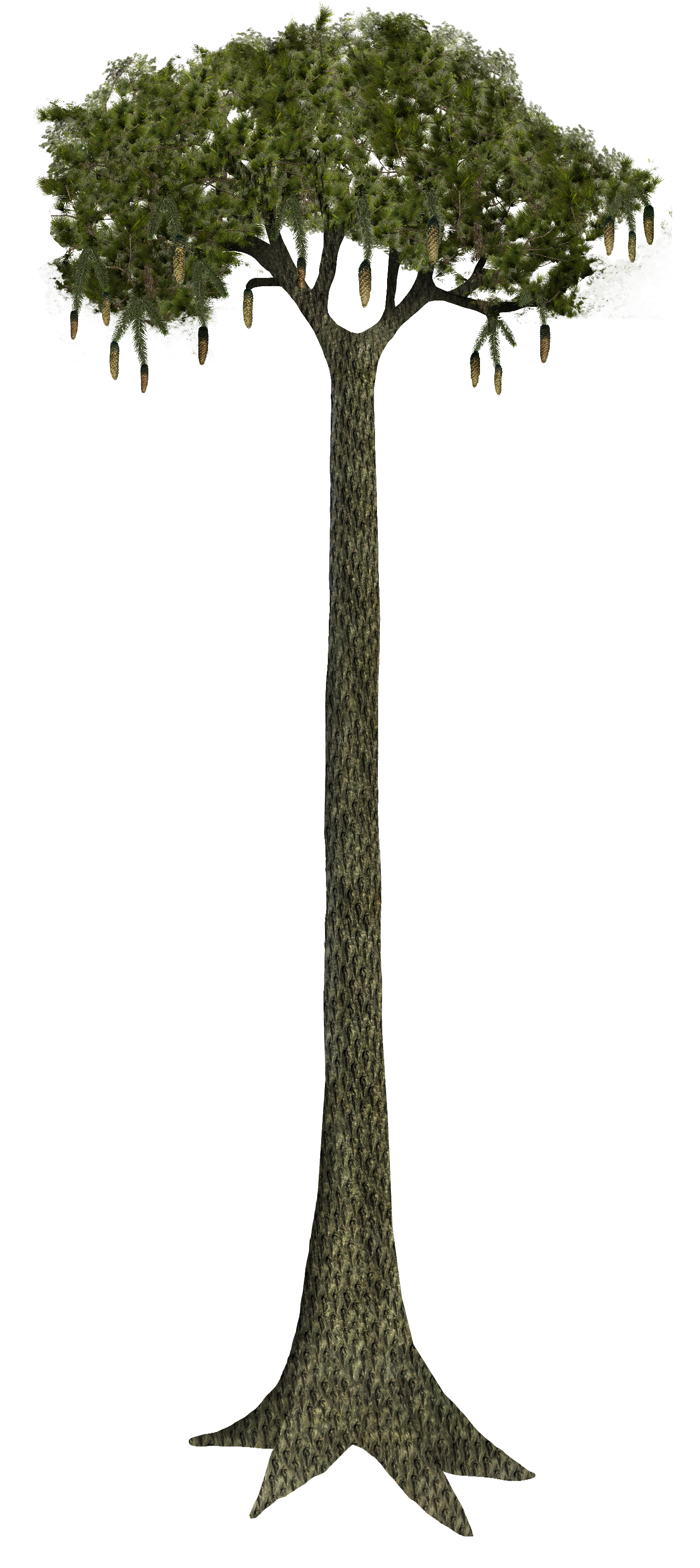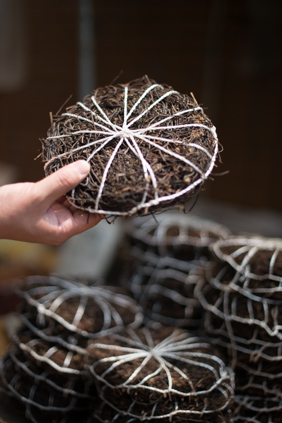|
Perkins Arboretum
The Perkins Arboretum (128 acres; 51.2 hectares) is the Colby College arboretum, located at 5600 Mayflower Hill Drive in Waterville, Maine, United States. It is used for teaching and research, but its trails are also open to the public. The Arboretum was established in 1946, later dedicated to the memory of Professor and Mrs. Edward Henry Perkins, and in 1969 expanded to its current size. The Colby Board of Trustees has mandated that the Arboretum "be preserved and protected in its natural state without cutting or changes in the growth and natural habitat as time proceeds". Arboretum trees include Apples, White Ash, Quaking Aspen, Gray Birch, Paper Birch, Yellow Birch, American Beech, Black Cherry, Dogwood, Eastern Hemlock, Hop-hornbeam, Red Maple, Sugar Maple, Northern Red Oak, White Oak, and Eastern White Pine. Other plants include Speckled Alder, Cattails, Sensitive Fern, Christmas Fern, Bracken, Clubmoss, Partridge Berry, Trillium, and Wintergreen. See also * List of bota ... [...More Info...] [...Related Items...] OR: [Wikipedia] [Google] [Baidu] |
Colby College
Colby College is a Private college, private Liberal arts colleges in the United States, liberal arts college in Waterville, Maine. It was founded in 1813 as the Maine Literary and Theological Institution, then renamed Waterville College after the city where it resides. The donations of Christian philanthropist Gardner Colby saw the institution renamed again to Colby University before settling on its current title, reflecting its Liberal arts college, liberal arts college curriculum. Approximately 2,000 students from more than 60 countries are enrolled annually. The college offers 54 major fields of study and 30 minors. Located in central Maine, the 714-acre Neo-Georgian campus sits atop Mayflower Hill and overlooks downtown Waterville and the Kennebec River, Kennebec River Valley. Along with fellow Maine institutions Bates College and Bowdoin College, Colby competes in the New England Small College Athletic Conference (NESCAC) and the Colby-Bates-Bowdoin Consortium. In addition t ... [...More Info...] [...Related Items...] OR: [Wikipedia] [Google] [Baidu] |
Northern Red Oak
''Quercus rubra'', the northern red oak, is an oak tree in the red oak group (''Quercus'' section ''Lobatae''). It is a native of North America, in the eastern and central United States and southeast and south-central Canada. It has been introduced to small areas in Western Europe, where it can frequently be seen cultivated in gardens and parks. It prefers good soil that is slightly acidic. Often simply called red oak, northern red oak is so named to distinguish it from southern red oak (''Q. falcata''), also known as the Spanish oak. Northern Red Oak is sometimes called champion oak. Description In many forests, this deciduous tree grows straight and tall, to , exceptionally to tall, with a trunk of up to in diameter. Open-grown trees do not get as tall, but can develop a stouter trunk, up to in diameter. It has stout branches growing at right angles to the stem, forming a narrow round-topped head. Under optimal conditions and full sun, northern red oak is fast growin ... [...More Info...] [...Related Items...] OR: [Wikipedia] [Google] [Baidu] |
Botanical Gardens In Maine
Botany, also called plant science (or plant sciences), plant biology or phytology, is the science of plant life and a branch of biology. A botanist, plant scientist or phytologist is a scientist who specialises in this field. The term "botany" comes from the Ancient Greek word (') meaning "pasture", "herbs" "grass", or "fodder"; is in turn derived from (), "to feed" or "to graze". Traditionally, botany has also included the study of fungi and algae by mycologists and phycologists respectively, with the study of these three groups of organisms remaining within the sphere of interest of the International Botanical Congress. Nowadays, botanists (in the strict sense) study approximately 410,000 species of land plants of which some 391,000 species are vascular plants (including approximately 369,000 species of flowering plants), and approximately 20,000 are bryophytes. Botany originated in prehistory as herbalism with the efforts of early humans to identify – and later cultiv ... [...More Info...] [...Related Items...] OR: [Wikipedia] [Google] [Baidu] |
Arboreta In Maine
An arboretum (plural: arboreta) in a general sense is a botanical collection composed exclusively of trees of a variety of species. Originally mostly created as a section in a larger garden or park for specimens of mostly non-local species, many modern arboreta are in botanical gardens as living collections of woody plants and is intended at least in part for scientific study. In Latin, an ''arboretum'' is a place planted with trees, not necessarily in this specific sense, and "arboretum" as an English word is first recorded used by John Claudius Loudon in 1833 in ''The Gardener's Magazine'', but the concept was already long-established by then. An arboretum specializing in growing conifers is known as a pinetum. Other specialist arboreta include saliceta (willows), populeta ( poplar), and querceta (oaks). Related collections include a fruticetum, from the Latin ''frutex'', meaning ''shrub'', much more often a shrubbery, and a viticetum (from the Latin ''vitis,'' meaning vine, ... [...More Info...] [...Related Items...] OR: [Wikipedia] [Google] [Baidu] |
List Of Botanical Gardens In The United States
This list is intended to include all significant botanical gardens and arboretums in the United States.BGCI Garden Search Botanic Gardens Conservation International American Public Gardens Association [...More Info...] [...Related Items...] OR: [Wikipedia] [Google] [Baidu] |
Wintergreen
Wintergreen is a group of aromatic plants. The term "wintergreen" once commonly referred to plants that remain green (continue photosynthesis) throughout the winter. The term "evergreen" is now more commonly used for this characteristic. Most species of the shrub genus '' Gaultheria'' demonstrate this characteristic and are called wintergreens in North America, the most common generally being the American wintergreen ('' Gaultheria procumbens''). Wintergreens in the genus ''Gaultheria'' contain an aromatic compound, methyl salicylate, and are used as a mintlike flavoring. Uses The berries of most species can be eaten raw or used in pies. Wintergreen is a common flavoring in American products ranging from chewing gum, mints, and candies to smokeless tobacco such as dipping tobacco (American "dip" snuff) and snus. It is a common flavoring for dental hygiene products such as mouthwash and toothpaste. It is often a component of the American-origin drink root beer. W ... [...More Info...] [...Related Items...] OR: [Wikipedia] [Google] [Baidu] |
Trillium
''Trillium'' (trillium, wakerobin, toadshade, tri flower, birthroot, birthwort, and sometimes "wood lily") is a genus of about fifty flowering plant species in the family Melanthiaceae. ''Trillium'' species are native to temperate regions of North America and Asia, with the greatest diversity of species found in the southern Appalachian Mountains in the southeastern United States. Description Plants of this genus are perennial herbs growing from rhizomes. There are three large leaf-like bracts arranged in a whorl about a scape that rises directly from the rhizome. There are no true aboveground leaves but sometimes there are scale-like leaves on the underground rhizome. The bracts are photosynthetic and are sometimes called leaves. The inflorescence is a single flower with three green or reddish sepals and three petals in shades of red, purple, pink, white, yellow, or green. At the center of the flower there are six stamens and three stigmas borne on a very short style, if ... [...More Info...] [...Related Items...] OR: [Wikipedia] [Google] [Baidu] |
Clubmoss
Lycopodiopsida is a class of vascular plants known as lycopods, lycophytes or other terms including the component lyco-. Members of the class are also called clubmosses, firmosses, spikemosses and quillworts. They have dichotomously branching stems bearing simple leaves called microphylls and reproduce by means of spores borne in sporangia on the sides of the stems at the bases of the leaves. Although living species are small, during the Carboniferous, extinct tree-like forms formed huge forests that dominated the landscape and contributed to coal deposits. The nomenclature and classification of plants with microphylls varies substantially among authors. A consensus classification for extant (living) species was produced in 2016 by the Pteridophyte Phylogeny Group (PPG I), which places them all in the class Lycopodiopsida, which includes the classes Isoetopsida and Selaginellopsida used in other systems. (See Table 2.) Alternative classification systems have used ranks f ... [...More Info...] [...Related Items...] OR: [Wikipedia] [Google] [Baidu] |
Bracken
Bracken (''Pteridium'') is a genus of large, coarse ferns in the family (biology), family Dennstaedtiaceae. Ferns (Pteridophyta) are vascular plants that have alternating generations, large plants that produce spores and small plants that produce gamete, sex cells (eggs and sperm). Brackens are noted for their large, highly divided leaves. They are found on all continents except Antarctica and in all environments except deserts, though their typical habitat is moorland. The genus probably has the widest distribution of any fern in the world. The word ''bracken'' is of Old Norse origin, related to Swedish ''bräken'' and Danish ''bregne'', both meaning fern. In the past, the genus was commonly treated as having only one species, ''Pteridium aquilinum'', but the recent trend is to subdivide it into about ten species. Like other ferns, brackens do not have seeds or fruits, but the immature fronds, known as ''fiddleheads'', are sometimes eaten, although some are #Toxicity, thought ... [...More Info...] [...Related Items...] OR: [Wikipedia] [Google] [Baidu] |
Fern
A fern (Polypodiopsida or Polypodiophyta ) is a member of a group of vascular plants (plants with xylem and phloem) that reproduce via spores and have neither seeds nor flowers. The polypodiophytes include all living pteridophytes except the lycopods, and differ from mosses and other bryophytes by being vascular, i.e., having specialized tissues that conduct water and nutrients and in having life cycles in which the branched sporophyte is the dominant phase. Ferns have complex leaves called megaphylls, that are more complex than the microphylls of clubmosses. Most ferns are leptosporangiate ferns. They produce coiled fiddleheads that uncoil and expand into fronds. The group includes about 10,560 known extant species. Ferns are defined here in the broad sense, being all of the Polypodiopsida, comprising both the leptosporangiate ( Polypodiidae) and eusporangiate ferns, the latter group including horsetails, whisk ferns, marattioid ferns, and ophioglossoid fe ... [...More Info...] [...Related Items...] OR: [Wikipedia] [Google] [Baidu] |
Cattail
''Typha'' is a genus of about 30 species of monocotyledonous flowering plants in the family Typhaceae. These plants have a variety of common names, in British English as bulrush or reedmace, in American English as reed, cattail, or punks, in Australia as cumbungi or bulrush, in Canada as bulrush or cattail, and in New Zealand as raupo. Other taxa of plants may be known as bulrush, including some sedges in '' Scirpus'' and related genera. The genus is largely distributed in the Northern Hemisphere, where it is found in a variety of wetland habitats. The rhizomes are edible. Evidence of preserved starch grains on grinding stones suggests they were already eaten in Europe 30,000 years ago. Description ''Typha'' are aquatic or semi-aquatic, rhizomatous, herbaceous perennial plants. The leaves are glabrous (hairless), linear, alternate and mostly basal on a simple, jointless stem that bears the flowering spikes. The plants are monoecious, with unisexual flowers that develo ... [...More Info...] [...Related Items...] OR: [Wikipedia] [Google] [Baidu] |

_(27)_(17008356190).jpg)






